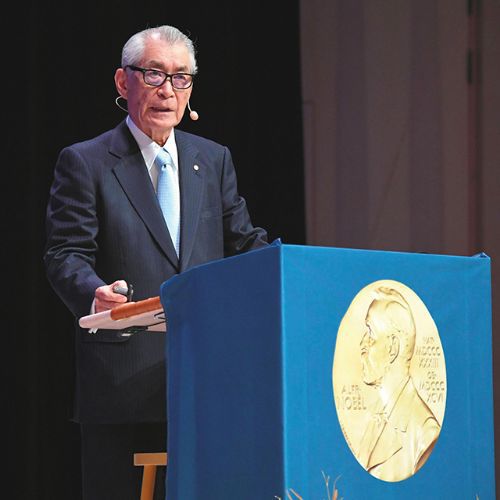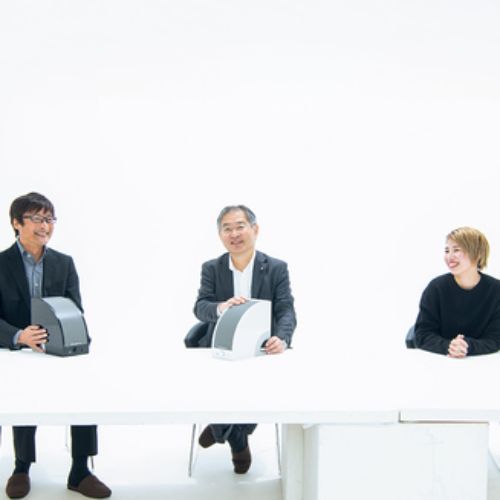Having trained for two years at Kikunoi, one of Japan’s top restaurants, and appointed a Master of Kyoto Cuisine and Ambassador of Japanese ‘Heart’ and ‘Craft,’ Clara Jacquier dreams of a “marriage” of France and Japan through her culinary creations
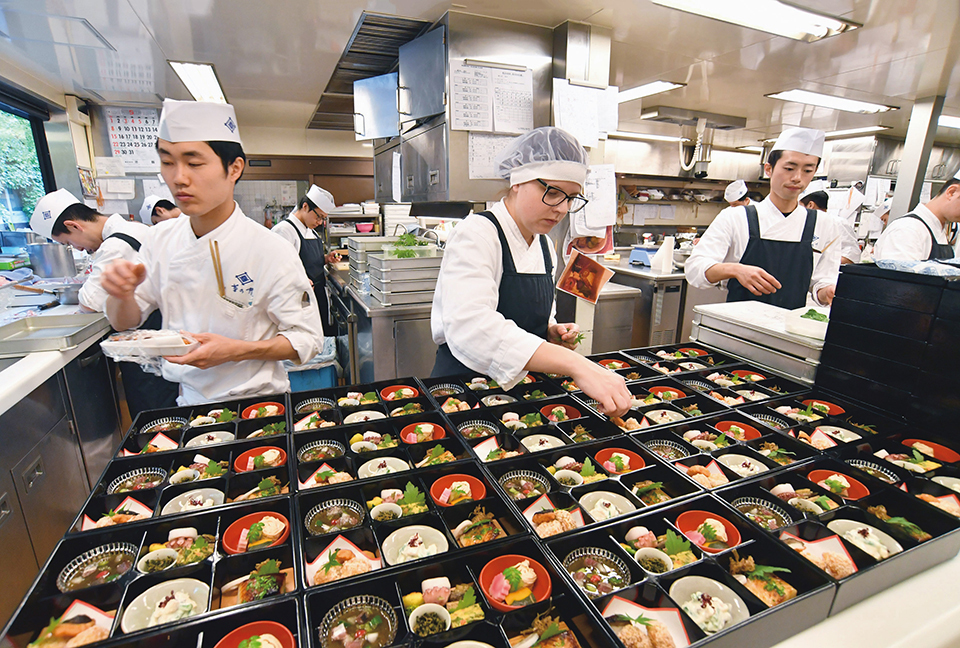
Jacquier arranging portions on bento lunch boxes in the kitchen. No knives are used in the early stage of training.
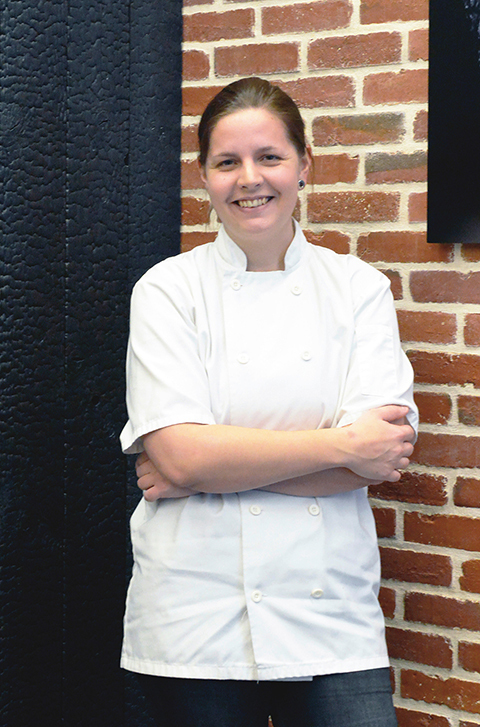
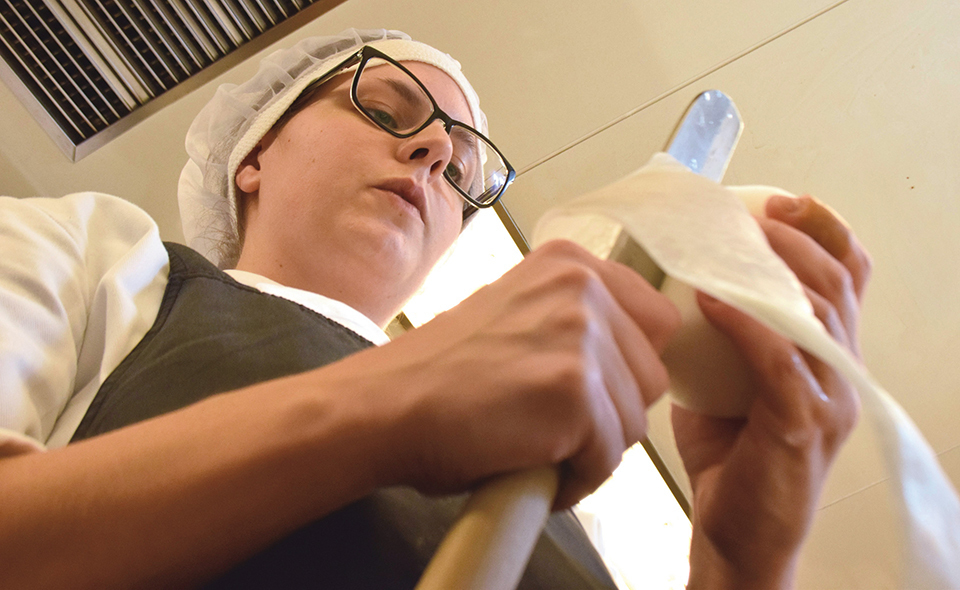
Jacquier peeling a daikon radish in the Kikunoi kitchen. On her days off, she practiced knife skills at home.
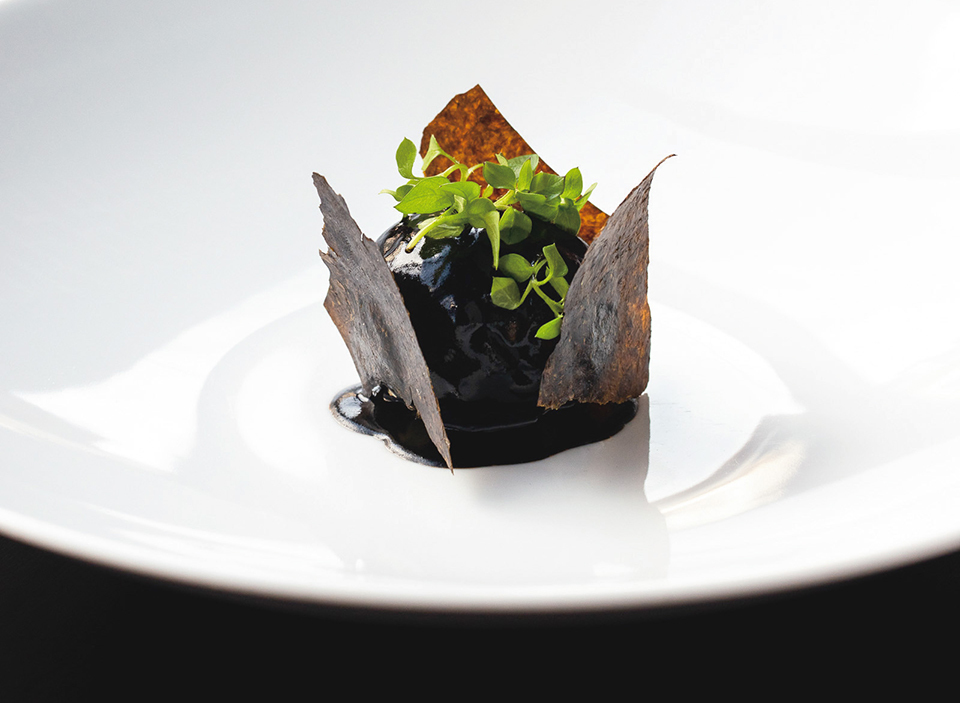
Le Homard sur l'idée de Banh Bao, a dish from SaQuaNa. In this dish of lobster and rice arranged with vinegar-dip flavored dried seaweed, she demonstrates various techniques she learned in Japan.
Since 2018, Clara Jacquier has been working in the kitchen of SaQuaNa, a gastronomic restaurant in Honfleur, a seaside town in Normandy, France. Jacquier is a Japanophile. Beginning with Japanese manga, literature and music as a teenager, she continued her interest while at the University of Paris, where she majored in Japanese language and Japanese culture. “When I was working in a Parisian bistro kitchen as a student, I decided that I wanted my future work to be related to my two favorite fields: Japan and cooking,” explains Jacquier.
That was around 2013, the same time that washoku (Japanese cuisine) was registered as a UNESCO intangible cultural heritage, which marked the beginning of a movement to impart the knowledge of the real washoku by teaching it to foreign chefs. One day, a Japanese friend told her that Kikunoi, the renowned Kyoto cuisine restaurant, was going to accept a foreigner trainee in its kitchen. Having quickly sent off the application, Jacquier arrived in Kyoto in November 2015. She recalls being immensely moved at how Japan was more beautiful than she’d imagined.
“The two years were a long string of many lessons. I began with arranging food on plates and then, as I gained experience, I moved on to arranging assorted artistic dishes representative of the season called hassun. Finally, after preparing desserts and serving baked dishes, I could take a position at the chefs’ table. My most memorable experience was preparing soft-shelled tortoises. There are special procedures when dealing with snapping tortoises. After watching for many months, when I finally got my turn to prepare it, the experience was immensely emotional,” explains Jacquier.
The practice in Japan of delivering live fish to the kitchen was particularly startling. “I studied fish last. The reason for this was not because of the difficulty of skill involved but rather the special significance that fish have. In Japanese cooking, one prepares the fish without it suffering. Believing the fish should be respected and arranged beautifully, Mr. Murata, Kikunoi’s owner chef, visits a temple once every year to pay respect for all the lives taken in the kitchen. I felt this Japanese tradition of paying respect to the ingredients as a consistent spirit of washoku.”
In her current job at the Michelin two-star restaurant SaQuaNa, it is Jacquier’s job to prepare the fish. Its owner chef, Alexandre Bourdas, spent three years working at a renowned restaurant in Japan. Jacquier says, “Kikunoi’s Mr. Murata said that although he was a French chef, he had a Japanese heart, and I should work at his restaurant.” Apparently, Jacquier was put in charge of fish because she understands Japanese cuisine’s respect of fish.
She says, “I also learned the meanings behind each of the Japanese dishes. Osechi dishes for celebrating New Year were most memorable. We incorporate the seasons in French cuisine too, of course, but in Japan, the seasonal sentiment is different for every month. More than simply using in-season ingredients, the dishes also reflect traditions and customs.”
On November 2017, not long after completing her two years at Kikunoi, Jacquier became the second person and first woman to be appointed a Master of Kyoto Cuisine and Ambassador of Japanese ‘Heart’ and ‘Craft.’ Jacquier, who would like to train in Japan again one day, wants to try creating French cuisine made with Japanese ingredients. “As I am interested in the fusion of Japanese and French cuisine, my own path going forward is to find out what shape this can take,” she says.
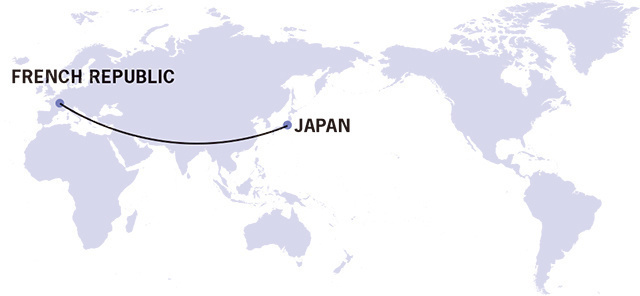
Clara Jacquier
25-year-old Clara Jacquier was born in Auch, France. Having majored in Japanese at the University of Paris, she learned kaiseki cuisine at Kikunoi, a top Kyoto restaurant, for two years. Currently she works at SaQuaNa, a French restaurant in Honfleur, France.


























